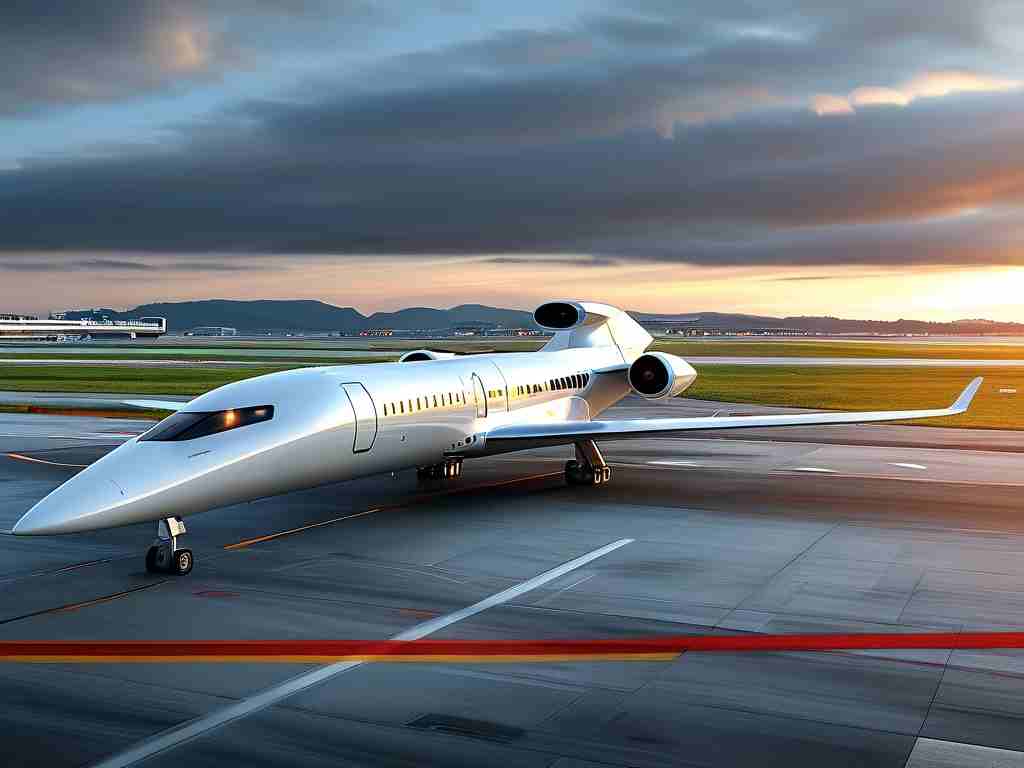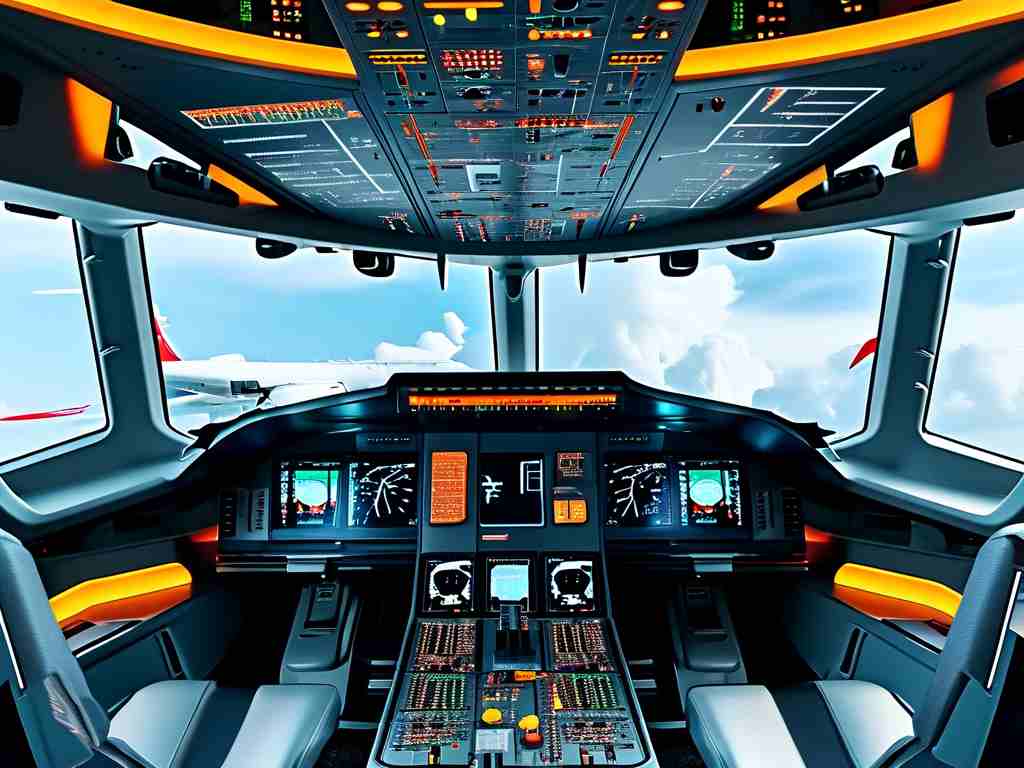Modern aircraft rely heavily on sophisticated computer systems for everything from navigation and flight control to passenger entertainment and safety monitoring. As technology advances, determining how much memory is sufficient for these onboard computers becomes a critical question for aviation engineers and operators. Unlike consumer devices, aircraft systems demand ultra-reliable performance under extreme conditions, making memory requirements a complex balance of functionality, safety, and efficiency. Typically, aircraft computers use a mix of RAM for temporary data processing and ROM or flash memory for storing essential firmware and software. For instance, in commercial airliners like the Boeing 787 or Airbus A350, the core avionics systems might require several gigabytes of RAM to handle real-time tasks such as autopilot calculations and sensor data integration. This ensures smooth operations during high-stress scenarios like turbulence or emergency landings, where any memory shortfall could lead to delays or catastrophic failures.

The adequacy of computer memory in aircraft hinges on multiple factors, starting with the type and scale of the aircraft. Smaller general aviation planes might get by with modest memory allocations—perhaps 512MB to 1GB—since their systems are less complex, focusing on basic instruments and communication. In contrast, large commercial jets or military fighters often need 4GB or more due to advanced features like integrated flight management systems that process vast amounts of data from GPS, weather radars, and engine sensors. Software complexity plays a huge role too; modern aircraft run proprietary operating systems that evolve with updates, requiring expandable memory to accommodate new functionalities without compromising speed. For example, a flight computer might need additional RAM when integrating AI-driven predictive maintenance tools, which analyze historical flight data to foresee potential issues. This not only enhances safety but also reduces downtime, demonstrating why "enough" memory isn't static—it grows with technological innovations and regulatory demands.
Moreover, memory requirements are influenced by redundancy and fail-safe mechanisms mandated by aviation authorities like the FAA or EASA. Aircraft systems often employ multiple redundant computers, each with its own memory pool, to ensure that if one fails, backups take over seamlessly. This redundancy can double or triple the total memory needed, pushing it into the range of 8-16GB for critical systems in next-gen aircraft. Additionally, emerging trends like electric propulsion and autonomous flight are escalating demands; for instance, eVTOL (electric vertical takeoff and landing) vehicles require robust memory to manage battery health monitoring and collision avoidance algorithms in real-time. A real-world case involves the development of urban air mobility solutions, where startups are designing systems with 2-4GB of dedicated memory per control unit to handle dense urban environments. Such advancements highlight how underestimating memory can lead to inefficiencies, such as slower response times or increased power consumption, ultimately affecting operational costs and passenger safety.
Looking ahead, the future of aircraft computer memory points toward even higher capacities, driven by the rise of big data analytics and IoT connectivity. Experts predict that by 2030, commercial planes could standardize on 10GB+ configurations to support features like real-time health monitoring of engines via thousands of sensors, streaming terabytes of data per flight. This evolution necessitates ongoing innovation in memory technology, such as using more efficient types like MRAM (magnetoresistive RAM) that offer faster access and lower energy use in harsh aerospace conditions. Ultimately, defining "enough" memory involves rigorous testing and customization for each aircraft model, ensuring it meets both current needs and future scalability. In summary, sufficient memory is not just about quantity but reliability—it's the backbone that keeps aviation safe, efficient, and ready for the skies of tomorrow.







